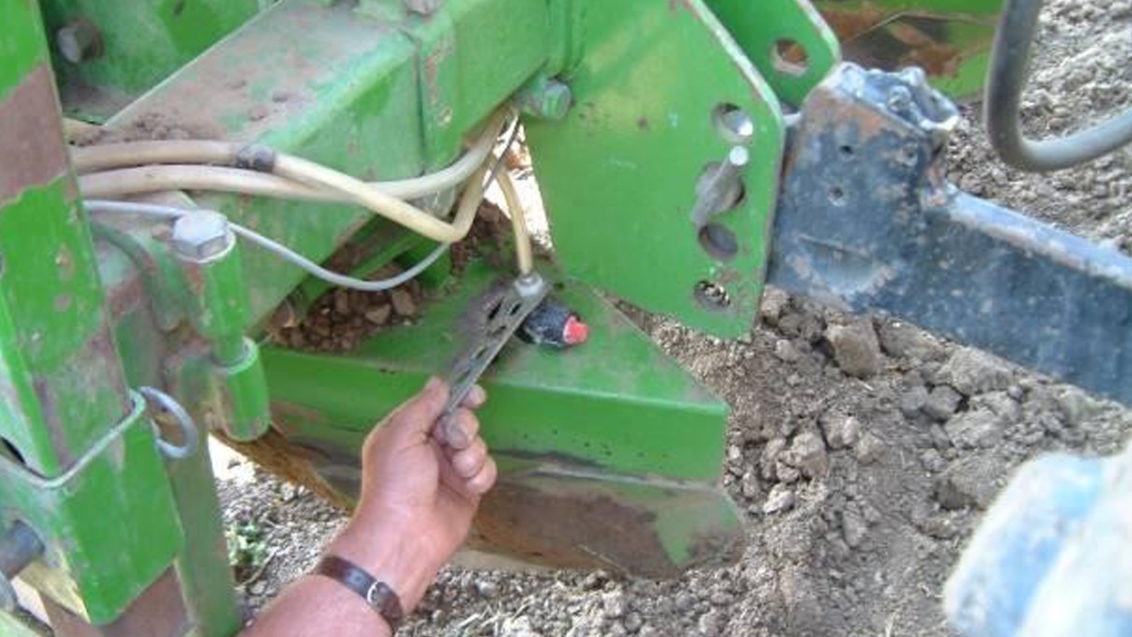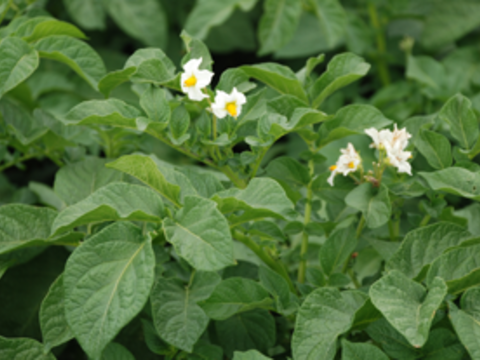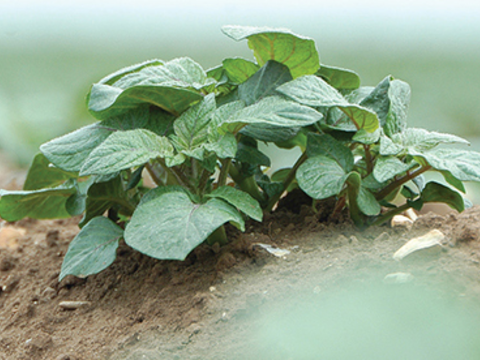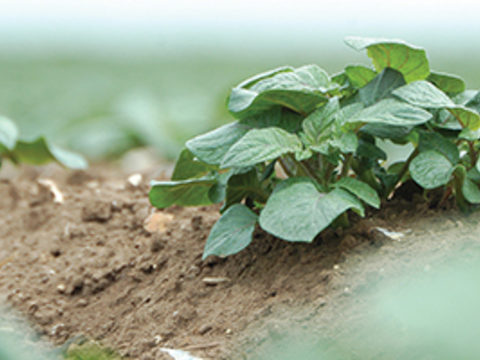Setting up potato planters for in-furrow application

Correct machinery setup is critical for best results with in-furrow application
In-furrow application
The application of AMISTAR and ACTARA in-furrow at planting is now standard practice for most potato growers in New Zealand.
AMISTAR offers reliable control of soil-borne black scurf (Rhizoctonia solani) and suppression of silver scurf (Helminthosporium solani); ACTARA provides long lasting control of aphids after crop emergence.
When the planter is set up correctly, in-furrow application of AMISTAR and ACTARA is simple and reliable. It results in cleaner, brighter, premium skin finish tubers at harvest and after storage. However, if a planter is set up incorrectly results can be disappointing.
There is currently no reported Rhyzoctonia solani resistance to AMISTAR anywhere in the world in potatoes. Therefore, any sub-optimal results are likely to be caused by application issues rather than product performance.
Machinery setup
Best practice requires a set of two Syngenta designed AMISTAR in-furrow nozzles per furrow. One nozzle has a narrow 20 degree spray angle (front), the other has a wider 70 degree angle (back).
The front nozzle should be positioned on the planter immediately behind the boot as the furrow is being opened. This nozzle should target both the soil and the seed tuber.
The back nozzle is placed at the rear of the planter to spray into the middle of the bow wave, to mix with soil as it covers the tuber.
Different soil textures, moisture and operating speeds can require adjustment of the back nozzle angle to spray directly into the bow wave.
Water rates
Water rates of 50 to 150 litres per hectare are recommended for in-furrow application. To reduce the risk of bacterial rots, always use quality certified seed and avoid planting into wet soil, as additional moisture can aggravate bacterial rots.
Click here to download a guide to setting up potato planters for in-furrow application.




